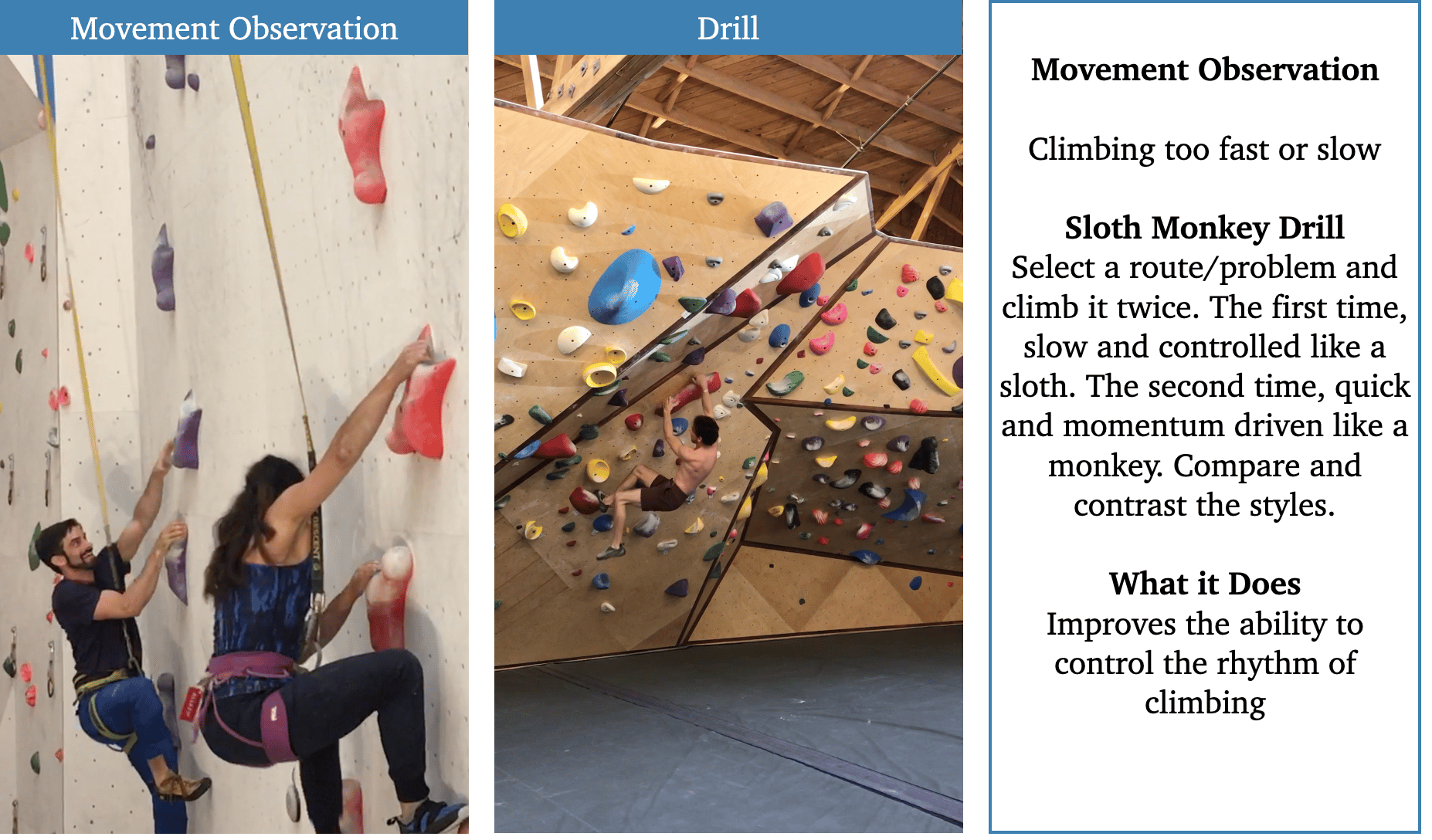🔥 Best MTB GEAR DEALS ON AMAZON
Street Tires on a Mountain Bike?
When it comes to modifying bikes, one common question that often arises is whether it is possible to put road tires on a mountain bike? While the short answer is Yes!
There are several factors to consider before making this decision. In this article, we will explore the reasoning behind this choice and the potential advantages and disadvantages of using road tires on a mountain bike.
Understanding the Difference Between Road and Mountain Bike Tires
Before delving into the topic at hand, it is crucial to understand the fundamental differences between road and mountain bike tires. Road tires, as the name suggests, are specifically designed for smooth, paved surfaces. They are generally narrow, featuring a slick tread pattern to maximize speed and efficiency on these types of terrains. On the other hand, mountain bike tires are wider and feature aggressive tread patterns that provide excellent traction on rough and uneven surfaces like dirt trails and rocky paths.
When it comes to the differences between road and mountain bike tires, some key points to consider include:
- Tire Width: Road tires are narrower compared to mountain bike tires. This allows for reduced rolling resistance and increased speed on smooth surfaces. Mountain bike tires, on the other hand, are wider to provide better stability and traction on rough terrains.
- Tread Pattern: Road tires typically have a smooth tread pattern to optimize speed and efficiency on paved roads. Mountain bike tires, however, have aggressive tread patterns with knobs and lugs to enhance grip and control on off-road trails.
- Terrain Compatibility: Road tires are designed for paved surfaces, while mountain bike tires are built to handle rough and uneven terrains. The choice of tire depends on the type of terrain you primarily ride on.
When considering whether to put road tires on a mountain bike, there are several important factors to take into account:
1. Riding Style
The first factor to consider is your riding style. If you primarily ride on paved roads or smooth surfaces, converting your mountain bike to a road-worthy machine might be beneficial. Road tires can significantly improve your speed and efficiency on these types of terrains, allowing you to cover longer distances in less time.
When it comes to riding style, consider the following:
- Paved Roads: If you spend most of your time riding on well-maintained roads, road tires can provide a smoother and faster riding experience.
- Smooth Surfaces: If you often encounter smooth surfaces like bike paths or city streets, road tires can enhance your overall performance and make pedaling easier.
2. Terrain
The next consideration is the type of terrain you frequently encounter. If you frequently ride on rough and uneven trails, mountain bike tires are essential for providing the necessary grip and control. Road tires may not be suitable for these terrains as they lack the traction needed for off-road riding. However, if you mainly ride on well-maintained paths with minimal obstacles, road tires can offer a smoother and faster riding experience.
When it comes to terrain, here are some points to consider:
- Off-Road Trails: If you regularly ride on off-road trails with loose dirt, rocks, or other challenging terrains, mountain bike tires are necessary to maintain traction and control.
- Smooth Paths: If your usual routes consist of smooth paths or roads with minimal obstacles, road tires can provide a more enjoyable riding experience.
3. Bike Compatibility
It is essential to consider your mountain bike’s compatibility with road tires. Typically, mountain bikes have wider frame clearances and larger wheel sizes compared to road bikes. As a result, road tires may not fit properly on a mountain bike without making necessary modifications. Ensure that your mountain bike can accommodate road tires by checking the frame clearance and wheel size compatibility before proceeding.
Consider the following when it comes to bike compatibility:
- Frame Clearance: Road tires are narrower, so make sure your mountain bike frame has enough clearance to accommodate them without rubbing against the frame or fork.
- Wheel Size: Road tires are designed for specific wheel sizes. Ensure that your mountain bike’s wheel size is compatible with the road tires you intend to use.
4. Tire Options
When considering the switch to road tires, it is crucial to explore the various options available. Road tires come in different widths and tread patterns, each designed for specific riding conditions. Tires with lower rolling resistance and a smoother tread pattern are ideal for paved roads, while tires with more tread provide better traction on wet surfaces. Consider your riding preferences and the conditions you typically encounter to choose the most suitable road tire option for your mountain bike.
Here are some tire options to consider:
- Width: Road tires come in various widths, ranging from narrow to wider options. Narrower tires offer lower rolling resistance, while wider tires provide increased stability and comfort.
- Tread Pattern: Consider the tread pattern of road tires based on your riding conditions. Slick or lightly treaded tires are suitable for dry paved roads, while tires with more tread are better for wet or slippery surfaces.
ALSO CHECK:26″ Inch Bike Tires26 x 1.95 bike tire |
Advantages and Disadvantages
Now that we have explored the factors to consider, let’s delve into the advantages and disadvantages of using road tires on a mountain bike:
Advantages:
- Increased Speed: Road tires have lower rolling resistance, enabling higher speeds and improved efficiency on smooth surfaces. With road tires, you can experience a noticeable increase in speed, allowing you to cover longer distances in less time.
- Reduced Effort: With road tires, you will experience less rolling resistance, resulting in a more effortless pedaling experience. This can be especially beneficial during longer rides or when riding on flat terrains.
- Enhanced Agility: The narrower profile of road tires improves maneuverability, making it easier to navigate through traffic or tight spaces. This can be advantageous in urban environments or when riding in crowded areas.
Disadvantages:
- Limited Off-Road Performance: Road tires lack the necessary traction for off-road riding, compromising control and stability on rough terrains. If you frequently ride on trails with loose dirt, rocks, or other challenging surfaces, road tires may not provide the grip needed for optimal performance.
- Reduced Comfort: Compared to wider mountain bike tires, road tires offer less cushioning, which may result in a slightly harsher ride. The narrower profile and lower volume of road tires can transmit more vibrations, potentially leading to a less comfortable riding experience on bumpy roads or trails.
- Decreased Durability: Road tires are designed for smooth surfaces and may wear out faster when subjected to rough and uneven terrains commonly encountered during mountain biking. The thinner tread and lighter construction of road tires make them more susceptible to punctures and cuts, reducing their overall lifespan.
Conclusion
In conclusion, while it is possible to put road tires on a mountain bike, it is essential to carefully consider your riding style, terrain, bike compatibility, and tire options before making this modification. If you primarily ride on smooth surfaces and desire increased speed and efficiency, converting your mountain bike to a road bike might be a suitable option. However, if you frequently ride off-road or encounter rough terrains, it is recommended to stick with mountain bike tires for optimal traction and control. Ultimately, the decision should align with your specific needs and preferences as a rider.
FAQ
1. Can I put road tires on a mountain bike?
Yes, it is possible to put road tires on a mountain bike. However, there are several factors to consider before making this decision.
2. What are the advantages of using road tires on a mountain bike?
The advantages of using road tires on a mountain bike include increased speed, reduced effort during pedaling, and enhanced agility.
3. What are the disadvantages of using road tires on a mountain bike?
The disadvantages of using road tires on a mountain bike include limited off-road performance, reduced comfort on bumpy roads or trails, and decreased durability on rough and uneven terrains.
4. What factors should I consider before putting road tires on my mountain bike?
Before putting road tires on your mountain bike, consider your riding style, the type of terrain you frequently encounter, your bike’s compatibility with road tires, and the various tire options available.







